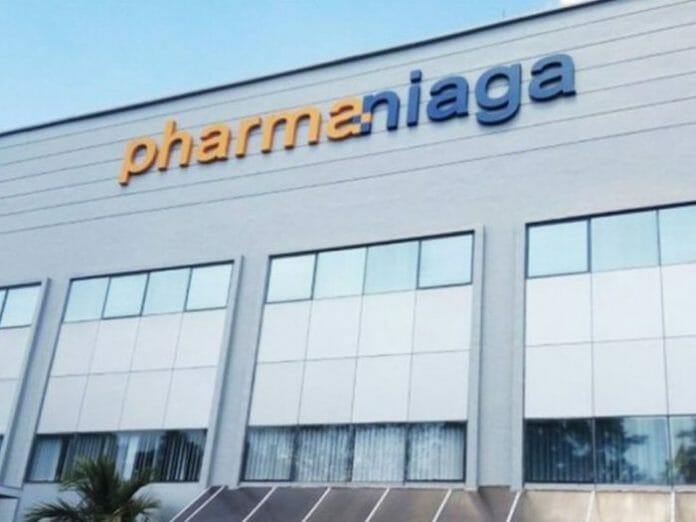Kenanga is of the view that Pharmaniaga’s nine-month 2022 net profit came in below expectations at only 46%/53% of its full-year forecast and the full-year consensus estimates. The variance against its orecast came largely from the weaker-than-expected vaccine sales, especially exports.
Revenue had also fallen 36%, sharply lower by a massive 87% due to vaccine sales but was offset by slightly better sales at its medical supply unit (which predominantly fulfills orders from the Ministry of Health (MoH) under a concession) and improved topline performance from its Indonesia operation. Profit before tax fell by a larger 62% due to an escalation in staff costs, and marketing and promotion expenses. On a brighter note, the Indonesia operation turned around with a PBT of RM7.1m due to better inventory control and payment collection. A third interim dividend of 0.6 sen was declared, bringing it to 1.9 sen, which again it said came in below expectations.
On future prospects, Kenanga projects the year and 2023 earnings to be on a downtrend in the absence of vaccine sales boost. Nonetheless, the regular orders for medical supplies from the MoH concession will remain stable (as the concession is expected to be renewed end-2022). However, it added Pharma is bracing for a margin squeeze due to the cost of input such as active pharmaceuticals ingredients (APIs) that has skyrocketed in recent months. The research house believes the medical company’s inventory of cheaper APIs will only last for the next 3-6 months. However, Pharma would be unable to immediately and entirely pass on the higher cost of APIs given the restrictive terms of the concession with regards to price hikes, i.e. a revision every three years, pegged largely to CPI.
Meanwhile, the Indonesian operation could continue to be driven largely by the growing product portfolio of its manufacturing arm.
Kenanga continues to like Pharma for its strong earnings visibility backed by its long-term medical supply concession with the MoH, from which cash flow anchors a dividend yield of 4%. However, its appeal as a growth stock has diminished with limited demand for its Covid-19 vaccine as most parts of the world are exiting the other end of the pandemic.









